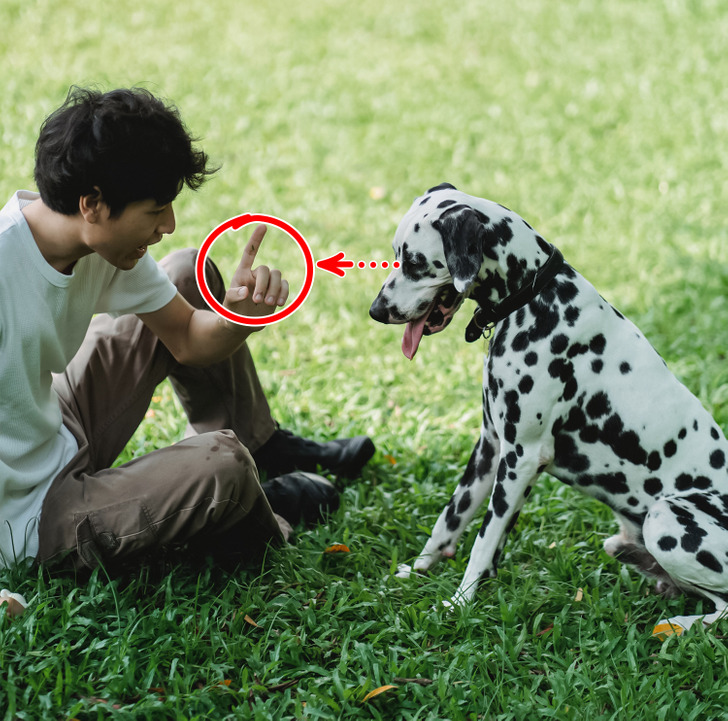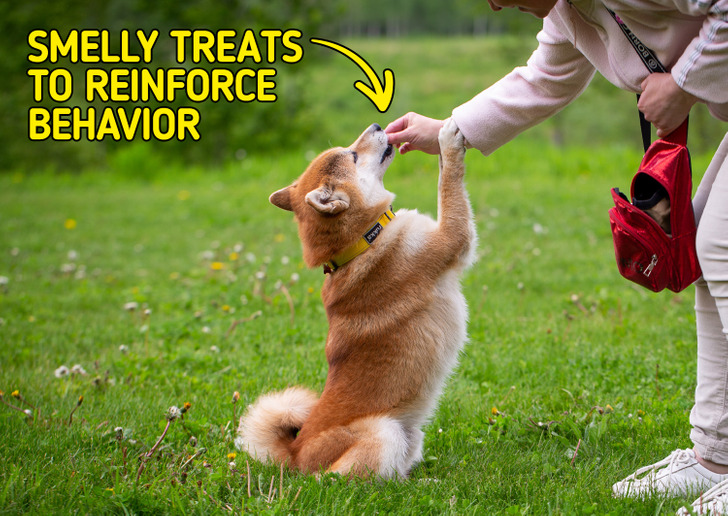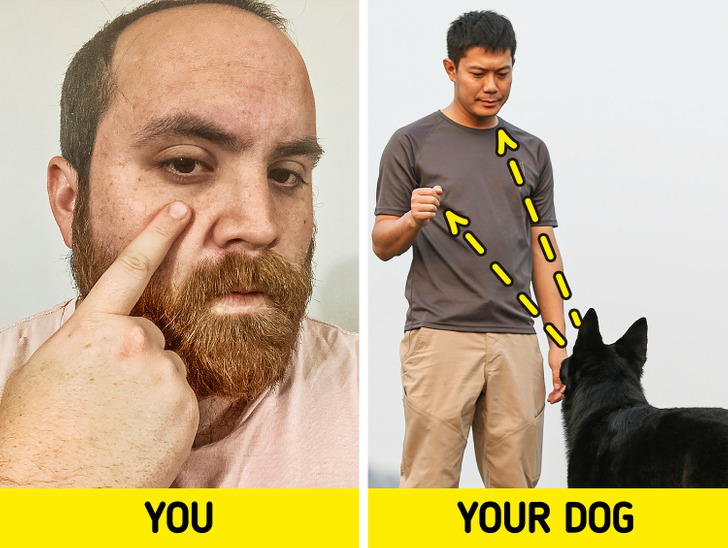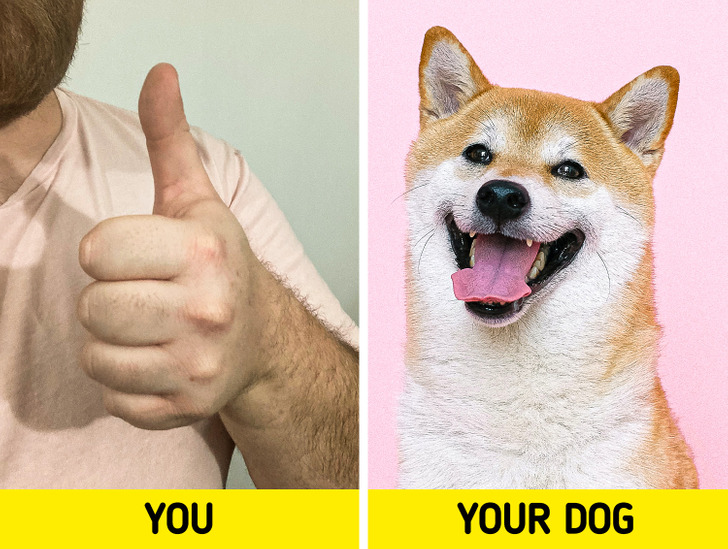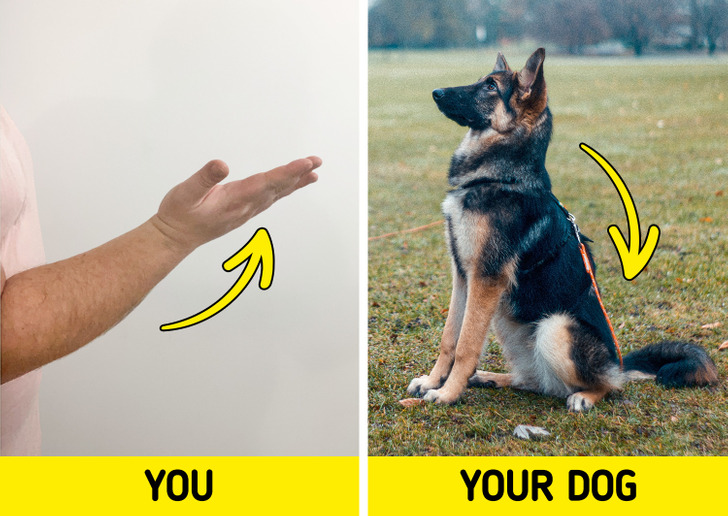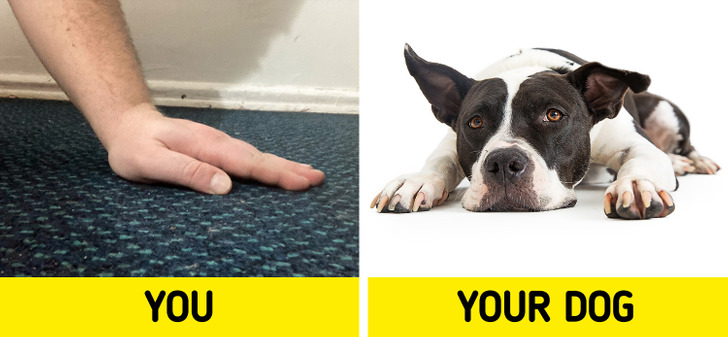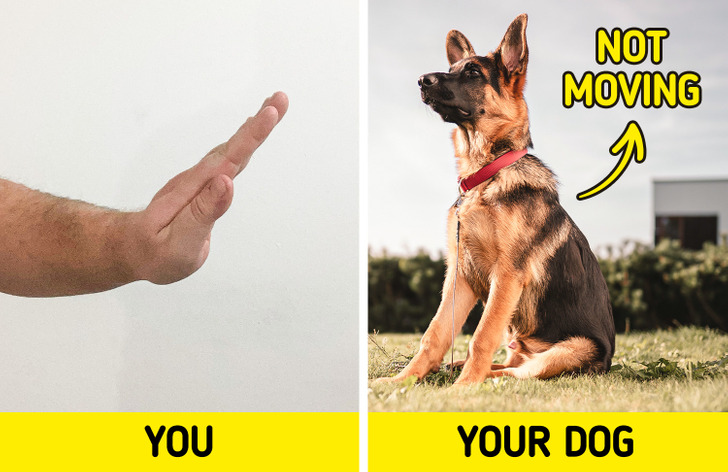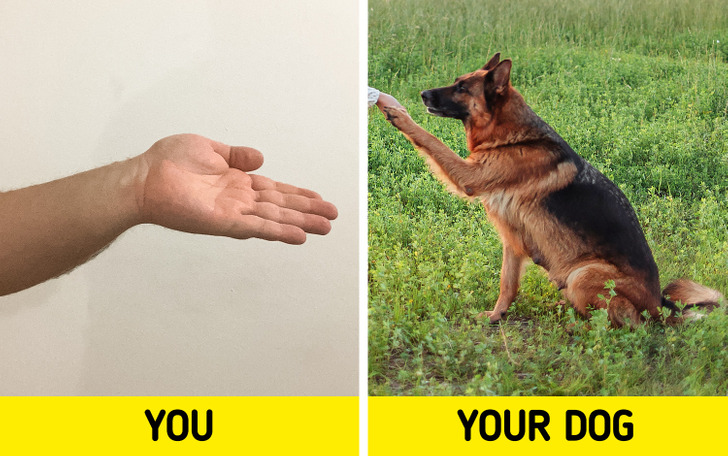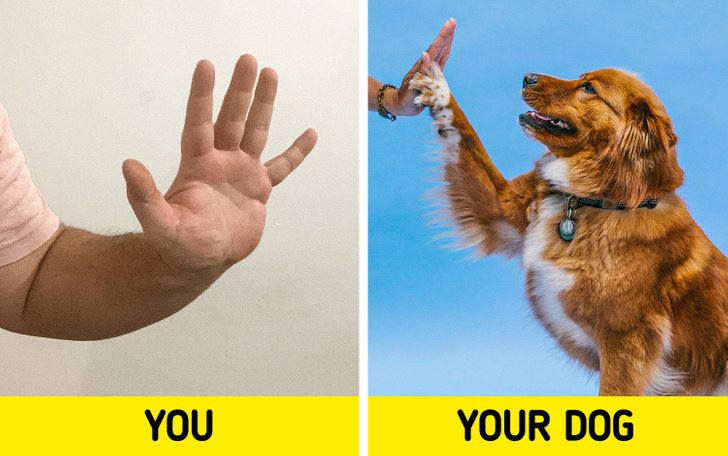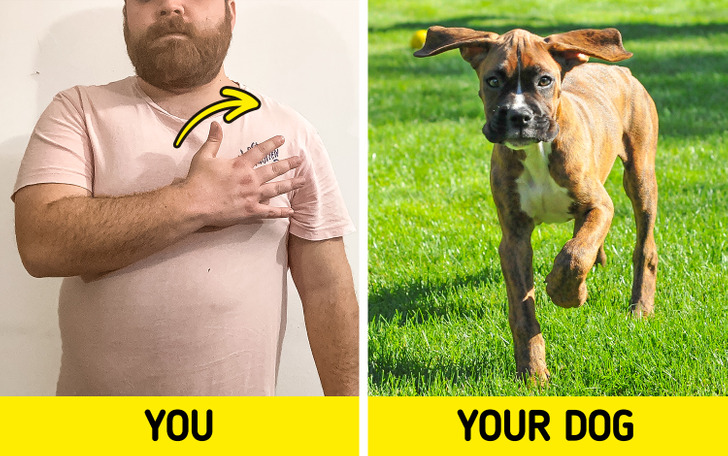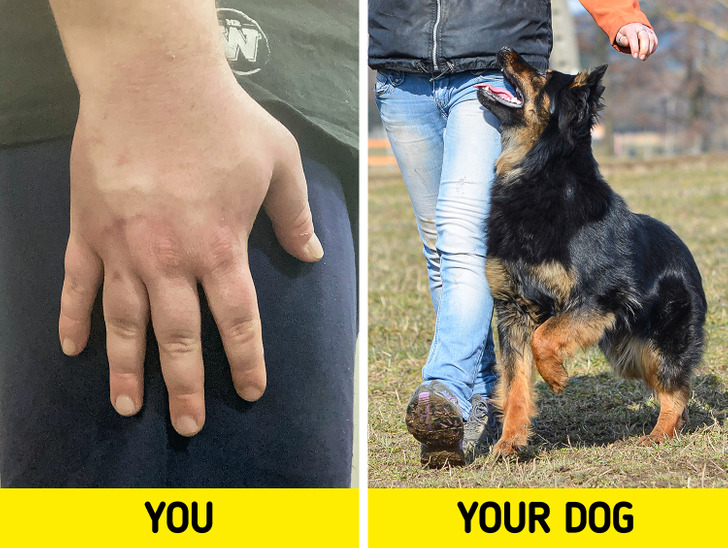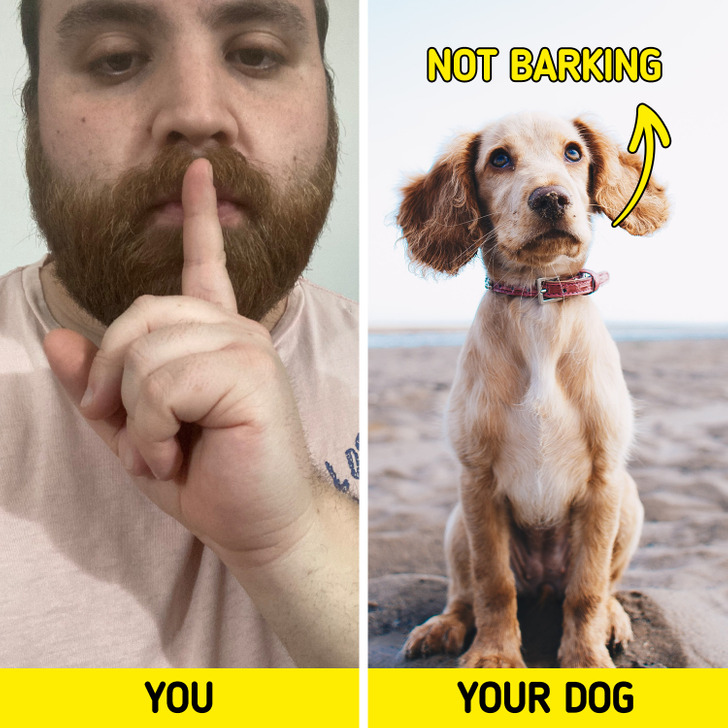10 Easy Hand Signals to Teach Basic Commands to Your Dog
The level of attachment that a dog shares with their owner is similar to the attachment that exists between a mother and her child. Despite the fact that there is an unsurmountable language barrier between the 2 sides, a human can still train their dog to understand specific requests and commands, executed by means of hand signals.
5-Minute Crafts has prepared a list containing common hand signals you can teach your dog in order to improve your communication with them.
Using hand signals to train your dog
Due to their natural propensity for communicating through body language, your dog will feel right at home when using hand gestures with them. You can also use other ways to communicate with your dog, such as vocalizing commands, but visual cues are seen as more exciting, thus keeping your dog more engaged. Hand signals are also easier for you to use as effective training tools, compared to more sophisticated alternatives, like a clicker.
A principle that underlies dog training is that a behavior will be repeated if your dog is rewarded for it. Through training, your dog should understand a command as a sort of “green light” to do a specific action — because it has given them rewards in the past. You can couple this with the implementation of marker words for your dog to hear when they do something right.
Tips for training your dog to respond to hand signals
- Using food as a reward to reinforce behavior is an effective alternative. However, you should be careful about it and gradually eliminate the treats, so your dog learns to comply with commands without getting pleasure every single time.
- If your dog is already trained to respond to verbal commands, make the hand signal before you utter the verbal cue.
- Pay attention to your overall body language and physical proximity to your dog while training them. It will be more responsive the closer you are.
- You can combine your dog’s senses by mixing a hand signal, a verbal cue, and a smelly treat that your dog likes. This will maximize the amount of focus that your dog will put on you.
- There are no wrong hand signs. Just focus on being consistent with the signal you’re making.
1. “Watch me.”
This gesture tells your dog that you want them to pay attention to you and what you’re doing. It will prove useful in training your dog further in the future. To do this hand signal, simply point to the outside of your eye, though it is suggested that you stay consistent with the hand you’re using.
2. “Good job!”
A great way of reducing the number of treats you give your dog is to teach them a hand signal that lets them know they’ve done what you asked them to do. The simplest way of doing this is by giving your dog a thumbs up, which will become a reward in and of itself.
3. “Sit.”
The common way to gesture this command is to take your hand resting at your side and move it upward, pointing your palm to the sky. Lifting your hand above your dog’s head will lure a sitting position.
4. “Down.”
This hand signal works in the opposite direction — you have to hold your hand over your dog’s nose, and then move it downward, between his front legs. You can hide a treat under your palm to lure the position.
5. “Stay.”
If you want your dog to stay in that position and not move forward, you have to bring your palm in front of its face, without touching it. Make sure to remove your hand once the command has been followed, or your dog will learn to stay in their position only when they have your hand in front of them.
6. “Shake.”
The gesture needed to get your dog to shake your hand involves you extending your hand out to your dog. If they haven’t learned the command yet, they might try different stuff out, so make sure to reward them only when they have put their paw in your hand.
7. “High five.”
A similar motion is commonly used to condition dogs to give you a high five. Simply do the same thing you’d do if you asked somebody else for a high five.
8. “Come.”
Training your dog to come to you will be useful in situations where they’re going to a place you don’t want them you go. The common signal is to put your open hand at your side and sweep it toward your opposite shoulder.
9. “Heel.”
This command serves a similar purpose — you can train your dog so that when you tap your left hip, your dog will assume their default position and stick close to your heels.
10. “Quiet.”
You can also train your dog to stay silent by praising and giving a reward to them as soon as they’re silent after you’ve done the hand gesture. You can use the same gesture you would use with another human.
Does your dog know any other tricks? What hand gesture do you think can be used as a command for that trick? Let us know in the comments!
